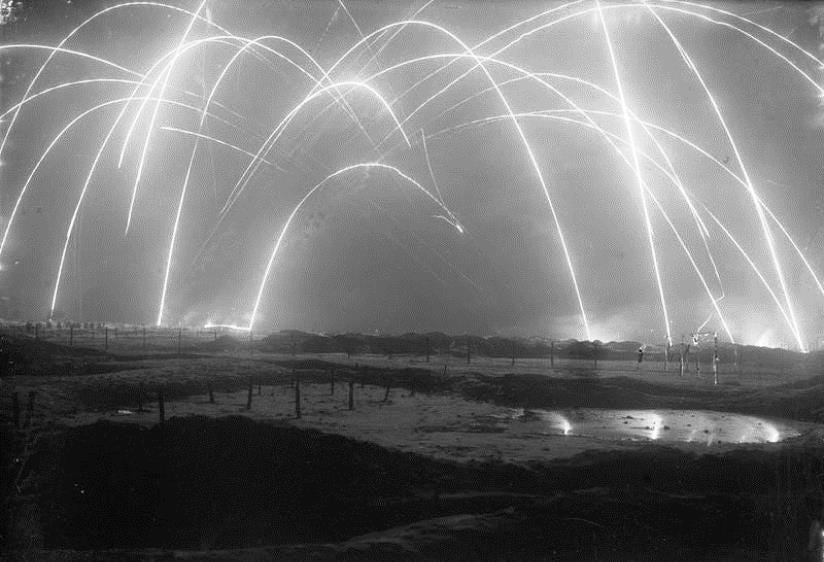The Weight of Fire Shifts in Ukraine
And boy, is Putin mad

Every time Vladimir Putin changes tactics, it heralds a change in his approach brought on by battlefield reversal. When the initial invasion stalled north of Kyiv, he started blasting citie…
Keep reading with a 7-day free trial
Subscribe to Polemology Positions to keep reading this post and get 7 days of free access to the full post archives.

